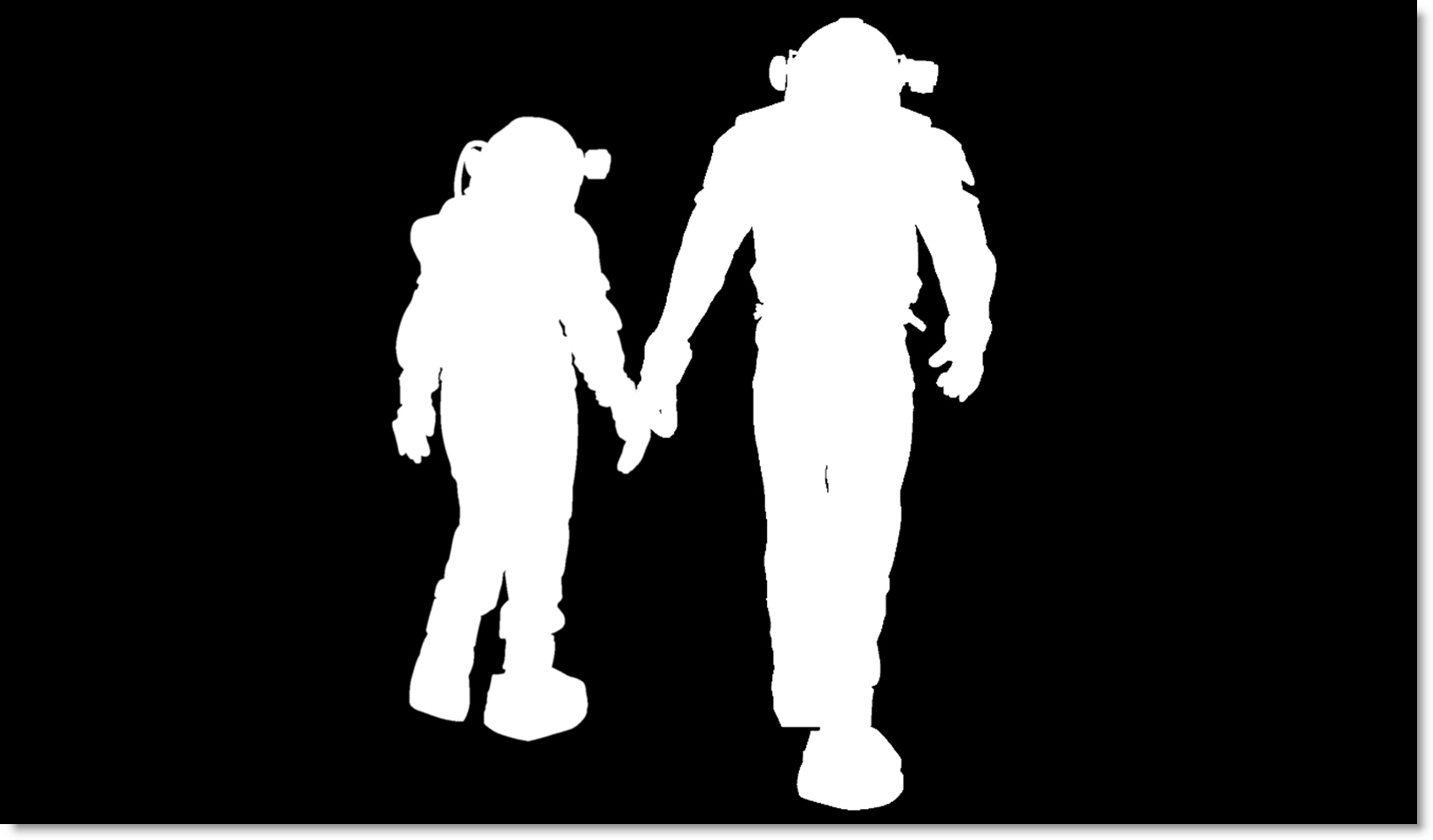Matte Assist ML
Description
Automatically generates a matte over time based on single or multiple keyframed roto shapes or input mattes using machine learning object segmentation and propagation.

Matte Assist ML generates a binary matte. To create a more natural edge with partial opacity, you can use Matte Assist in conjunction either Power Matte alone or Trimap plus Power Matte.
Go to the Matte Assist ML tutorial to see how it works.
Node Group
Key.
Controls
Mask Source
Input Alpha
Generates a matte throughout the sequence using single or multiple input alpha reference frames from any node or keyframes from the Mask ML, EZ Mask or Paint nodes. Input Alpha is meant to be used for matting a single object. For matting multiple objects use the Roto Mask Source option.
Roto
Generates a matte throughout the sequence using Roto > Object (Shapes, Layers, Trackers) keyframes when connected to the Data input port. Each top level item (shape or layer) in the Object List is considered a separate object.
Note: For best performance when using multiple shapes for one object, place the shapes within a layer.
Reference
Available with Mask Source > Input Alpha selected, choose from Frame, Markers or Keyframes options as the matte generation reference.
Frame
A matte is generated based on a single specified frame.
Markers
A matte is generated based on Markers.
See Marker for more information.
Keyframes
With either Paint or EZ Mask Data outputs connected to the Data input port, a matte is generated based on the input node’s keyframes.
Note: For faster performance and better edge quality, use the Viewer > ROI around the matted area to limit the size, but do not animate it. See the ROI tutorial to see how it works.
Note: If you jump to another point in time, please be aware that Matte Assist ML always calculates the matte from frame 1, so it can take some time to update depending on the length of the sequence.